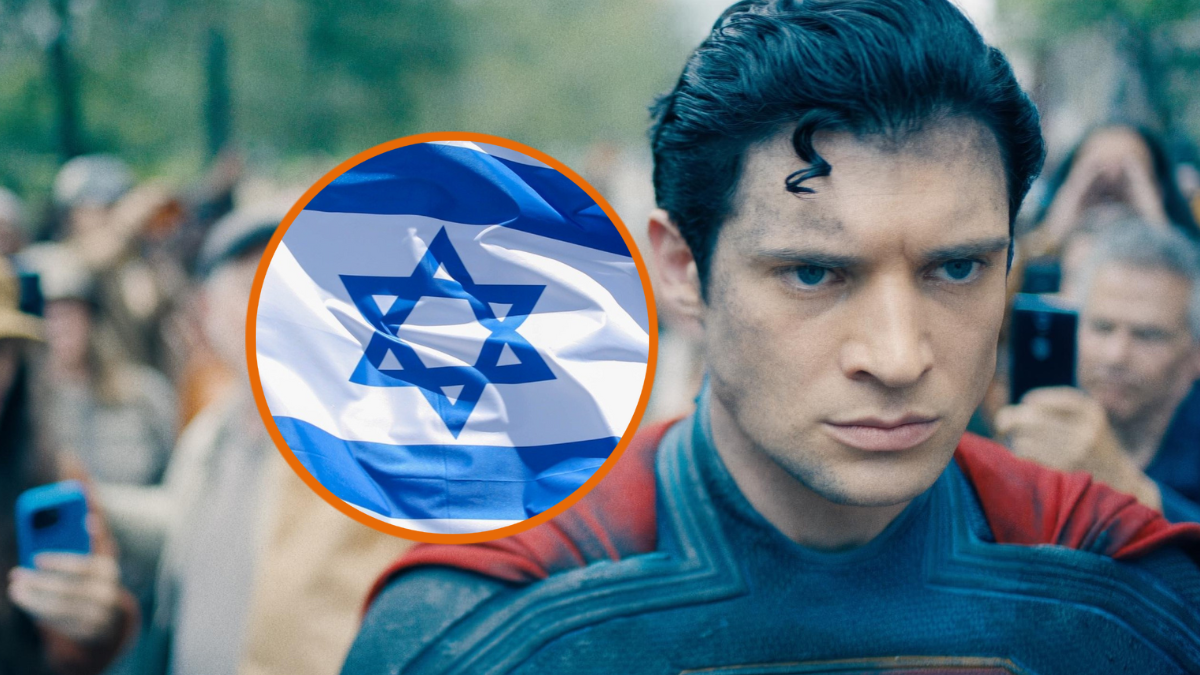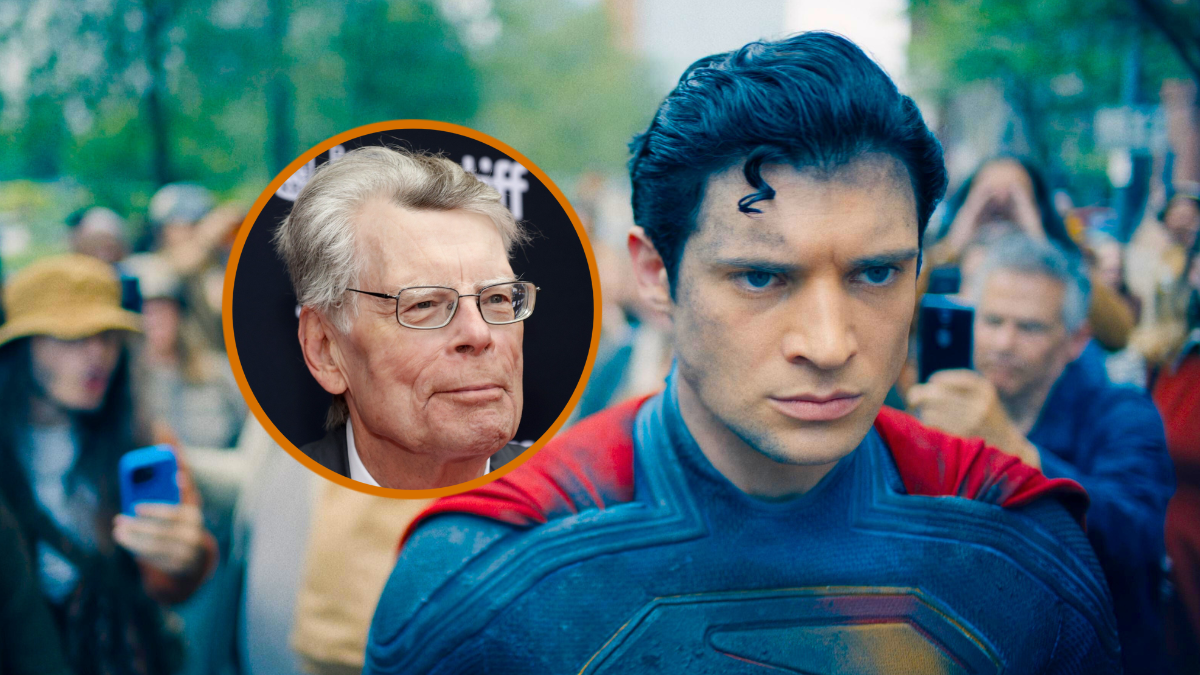In 2010, Marielle Heller starred in a theatrical adaptation of The Diary of a Teenage Girl: An Account in Words and Pictures, an autobiographic-ish coming-of-age tale based on Phoebe Gloeckner’s celebrated graphic novel. From this show came Heller’s chance to re-reimagine the novel for movie audiences, this time as director. In addition to the usual pitfalls of page-to-screen adaptations, Heller’s closeness to the material as filtered through another medium could have made her directing debut little more than an exercise in filmed theatre. It speaks to the mutability of that source material, Heller’s skill, or more likely, both, that The Diary of a Teenage Girl isn’t just a fully formed and realized movie, but a really terrific one to boot.
The tag “Sundance favourite” has become something of a double-edged honor; as soon as you show someone the derivative poster for The Diary of a Teenage Girl, and tell them the movie visualizes its character study using animated interludes and period aesthetics, you might get motion sick trying to keep up with the impending eye-rolls. But like its precocious and demanding heroine, 15-year-old Minnie Goetze (Bel Powley), The Diary of a Teenage Girl defies such easy classification, in its story, its style, and its exploration of what it can be like to be young and horny.
Introduced in the movie’s opening shot, we first see Minnie strutting through Golden Gate Park, dressed in a Mickey Rat tee and sandal lifts, Dwight Twilley’s “Looking For The Magic” her only companion. “I had sex today. Holy shit,” Minnie proudly declares in voiceover, later revealed to be part of the eponymous audio diary she keeps while narrating her 1976. Slightly prescient song choice not withstanding, every detail of Heller’s opening grounds you in the reality of Minnie’s world as viewed by Minnie. It’s a crucially important first moment, as Minnie’s recounting of this life-changing moment, and all the ones that follow from it, doesn’t jibe with most people’s expectations for first physical and emotional loves.
The trick of the matter is that Minnie is celebrating having just had sex with Monroe (Alexander Skarsgård), a 35-year-old man who is dating Minnie’s liberal, but not that liberal mom, Charlotte (Kristen Wiig). From an outside perspective, everything about the situation looks wrong and destined for tragedy (a notion laid on a little too thick by occasional mentions of Patty Hearst). While the latter is certainly true, what Heller and Gloeckner do, which is simple in theory but rare in practice, is take Minnie’s desires, self-doubt, and needs absolutely seriously.

Provocative as the premise might initially sound, as Minnie and Monroe carry on an affair, The Diary of a Teenage Girl handles its high-wire act with the casual ease of high-waisted jeans. The decidedly adult-looking Powley dulls some of the age gap edge, but Minnie’s simultaneous excitement and determination in possessing her sexual identity proves infectious, even if she has only a loose idea of what it’s supposed to look like. The Diary of a Teenage Girl isn’t afraid to play Minnie’s naiveté about adult life for laughs, but it never stops sympathizing with her search for affection, intimacy, or just sex, even if that search is driven by the flighty impulses of a youth.
Festival hits of this size and focus usually do better by actors than directors, or vice versa, and the supporting cast joining Powley aren’t run out of town by her vulnerable and versatile lead performance. Christopher Meloni, as Minnie’s analytical ex-stepfather, is a riot in just a handful of scenes, while Wiig finally has a supporting role with enough meat to demonstrate how funny and affecting she can be at the same time. You’d never doubt Wiig’s ability to make you laugh at a coked-up mother excitedly asking her daughter what she wants for lunch, but the guilt hiding behind her pinhole pupils hits you in the gut. Later, in a moment of frustration where Charlotte can’t decide whether to slap Minnie or hug her, she opts for both.
The Diary of a Teenage Girl achieves its balance of sweet and harsh so expertly that Heller’s biggest contribution could have just been navigating the subtle yet frequent tonal shifts between and within scenes. Challenging as this might have been on its own, the task wasn’t enough to keep Heller from making The Diary of a Teenage Girl as thoughtfully shot as it is written. An earthy palette and Brandon Trost’s low, hazy lighting make the movie look as era appropriate as the set design, but Heller’s resistance to using stagey or showy camera work puts the whole of the production ahead of any individual component.
Even the animated interludes and overlays are precisely calibrated to keep The Diary of a Teenage Girl operating at a human level. Though useful as a visual tool in a roman à clef filled with hormonal emotion and drug use, the animation is treated as an accent to Heller’s version of the story, not an intrinsic carryover from Gloeckner’s. More often though, you’ll think of The Diary of a Teenage Girl as just that, an honest, personal confessional from someone you relate to far beyond just their circumstances. Like Ghost World and Persepolis before it, The Diary of a Teenage Girl’s grace in transitioning mediums is second only to its wisdom in transcending experiences.










Published: Aug 5, 2015 01:05 pm